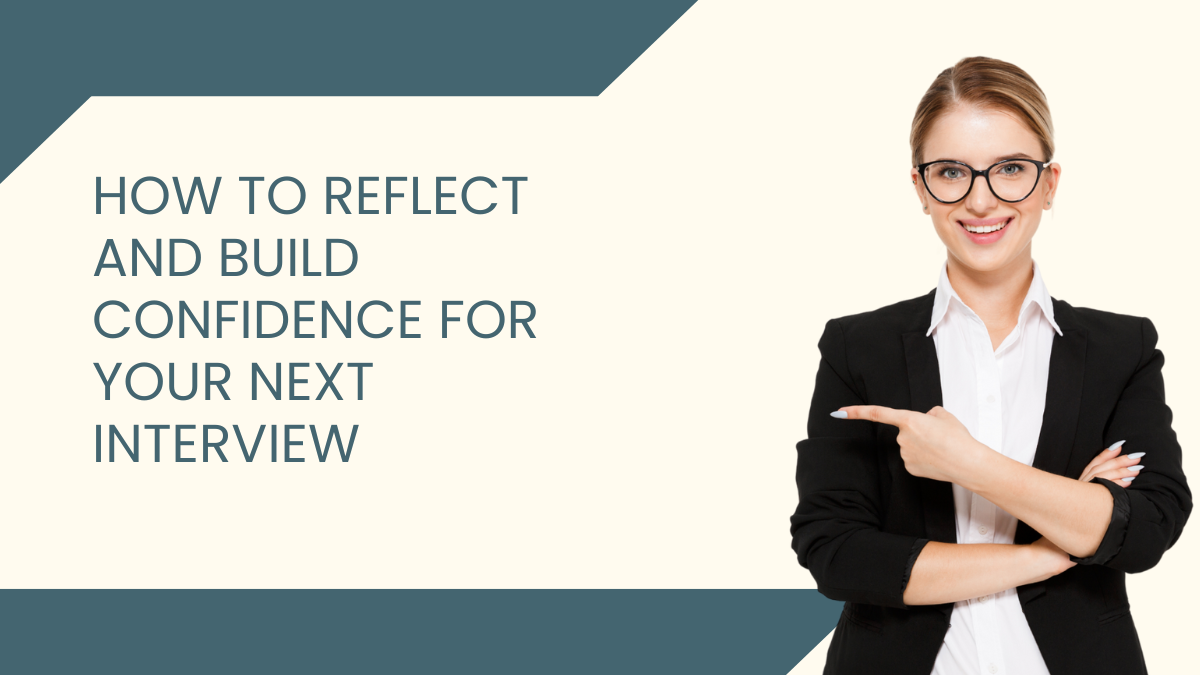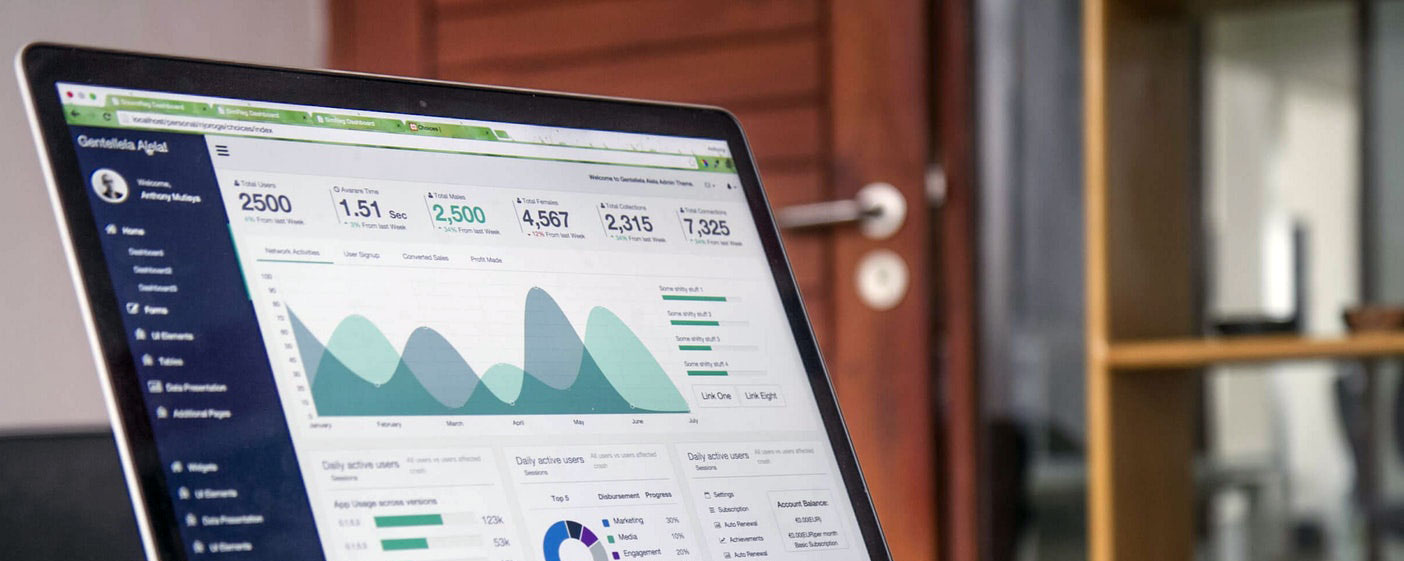After the Interview: How to Reflect and Build Confidence for Your Next Interview

Learn how to reflect after an interview, turn feedback into growth and prepare stronger for your next opportunity.
Don’t leave your confidence at the door - here’s how to reflect after an interview, build awareness and prepare stronger for your next opportunity.
You close the laptop or step out of the building and your brain starts replaying everything: the phrasing you’d tweak, the example you wish you’d used, the moment you lost your flow. That feeling is normal. The question isn’t whether you had a “perfect” interview - it’s what you do next. Post-interview reflection is one of the most valuable habits for career growth. Done well, it turns “I hope I did okay” into “I know what I’ll improve next time.” It builds confidence not by pretending nerves don’t exist, but by converting experience into clarity and progress. This blog shows you how to reflect with purpose, without overthinking - so you can carry learning and motivation into your next opportunity. It connects with earlier posts in this series:
The Confident Candidate | Interview Tips, What Confidence Really Looks Like in an Interview,
From Nervous to Natural: How to Calm Interview Anxiety,
How to Communicate with Clarity and Impact in Interviews. and
Mindset Over Memorisation: The Smarter Way to Prepare.
Confidence grows when your brain can connect effort → evidence → improvement. Reflection provides that link. It reduces the “unknowns” that fuel anxiety and it gives you a repeatable process for learning from every conversation - successful or not. When you reflect, you: That’s why reflection sits at the heart of the
The Confident Candidate Blueprint.
You don’t need dozens of techniques, you need a simple, sustainable way to learn from experience and apply it next time.
Reflection isn’t a memory test. It’s a short review that helps you understand what worked and what to change. Try this 10-minute flow: For practical delivery ideas (pace, eye contact, pausing), revisit
What Confidence Really Looks Like in an Interview
and
Mindset Over Memorisation.
Sometimes you get constructive feedback. Sometimes you hear nothing. Both can teach you something valuable. Want real-time, structured feedback? Practise inside the
Practice Assessment Centre.
It’s the fastest way to turn reflection into confident performance.
Here’s a light version of the reflection method we use inside The Confident Candidate Blueprint, just enough to help you capture growth without giving you another “worksheet” to complete: To go deeper - with guided examples, understanding what you bring, how you're being assessed and feedback loops, explore the
The Confident Candidate Blueprint.
Rejection hurts. But it doesn’t define your potential, it highlights your next area of growth. Motivation isn’t a mood; it’s a decision to keep moving with a plan. Three ways to keep momentum: If you want more structure in how you prepare between interviews, you’ll find it in
Mindset Over Memorisation
and the foundational guide,
The Confident Candidate Blueprint.
Should I follow up? If they gave you a timeframe, wait until it’s passed, then send a single, polite email. Reiterate your interest and thank them for their time. What if I regret an answer? Turn it into practice. Write the improved version in your 3-step structure (Set the scene → Action → Result), and rehearse it aloud. How do I prepare for next time? Pick one behaviour to refine (pace, pausing or quantifying results) and practise for 10 minutes, twice this week. For structured support, the
Practice Assessment Centre
gives you live, assessor-style feedback to accelerate improvement.
💬 Related Reading:
The Confident Candidate | Interview Tips •
What Confidence Really Looks Like in an Interview •
From Nervous to Natural: How to Calm Interview Anxiety •
Mindset Over Memorisation • How to Communicate with Clarity and Impact in Interviews
Build the habits that make you calm, clear, and confident in any interview. The
Confident Candidate Blueprint shows you the exact frameworks and reflection process assessors look for — so you can perform at your best.
Ready for live practice? Join the
Practice Assessment Centre
to get real-time feedback and build confidence faster.
Written by Natasha Benham, Founder of This Is Your Career — helping candidates prepare with clarity, composure, and confidence.
After the Interview: How to Reflect and Build Confidence for Next Time
Why post-interview reflection builds long-term confidence
“Reflection is practice you can’t see - it’s where confidence is quietly built.”
How to assess your answers and identify patterns
Turning feedback (or silence) into insights
If you receive feedback
If you hear silence
A simple reflection flow (no overthinking, just progress)
Stay motivated: turn experience into momentum
Quick answers to common post-interview questions
Turn reflection into results.
Categories: : Early Careers, Employability Skills, Graduates, Interview, Job Search
 This Is Your Career
This Is Your Career 
